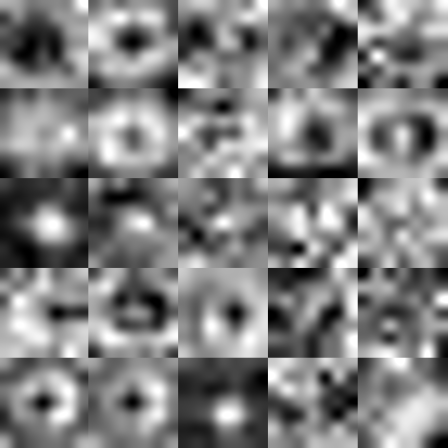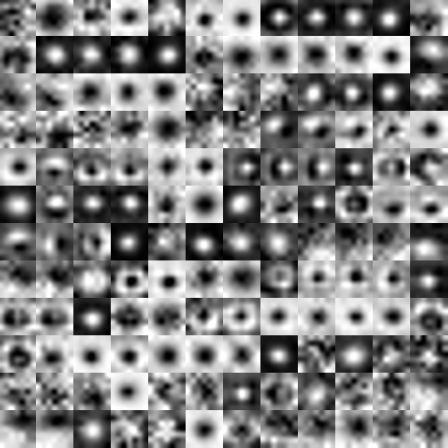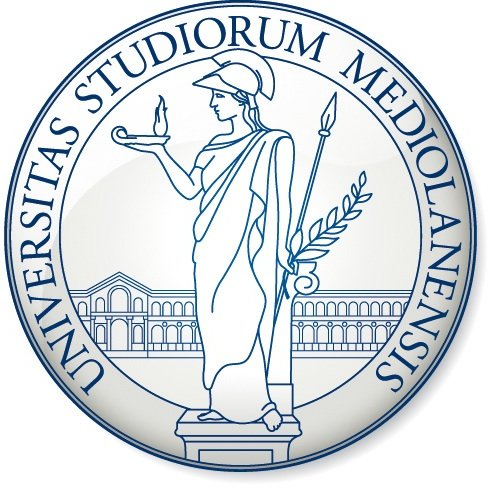 |
 |
 |
The project
Generative Adversarial Networks (GAN) are being increasingly used to perform face aging due to their capabilities of automatically generating highly-realistic synthetic images by using an adversarial model often based on Convolutional Neural Networks (CNN). However, GANs currently represent black box models since it is not known how the CNNs store and process the information learned from data. In this paper, we propose the first method that deals with explaining GANs, by introducing a novel qualitative and quantitative analysis of the inner structure of the model. Similarly to analyzing the common genes in two DNA sequences, we analyze the common filters in two CNNs. We show that the GANs for face aging partially share their parameters with GANs trained for heterogeneous applications and that the aging transformation can be learned using general purpose image databases and a fine-tuning step. Results on public databases confirm the validity of our approach, also enabling future studies on similar models.
The method

Examples
| Original age | Destination age | |
|---|---|---|
| 20-40 | 60-80 | |
| cyGAN_aging | cyGAN_cross | |
.png) |
.png) |
.png) |
.png) |
.png) |
.png) |
.png) |
.png) |
.png) |
.png) |
.png) |
.png) |
.png) |
.png) |
.png) |
.png) |
.png) |
.png) |
.png) |
.png) |
.png) |
.png) |
.png) |
.png) |
.png) |
.png) |
.png) |
.png) |
.png) |
.png) |
Related publications
-
A. Genovese, V. Piuri, and F. Scotti, "Towards explainable face aging with Generative Adversarial Networks", in Proc. of the 26th IEEE Int. Conf. on Image Processing (ICIP 2019), Taipei, Taiwan, September 22-25, 2019, pp. 1-5. ISBN: 978-1-5386-6249-6. [DOI: 10.1109/ICIP.2019.8803616] [PDF] [BibTex entry]
Citations
@InProceedings {icip19,
author = {A. Genovese and V. Piuri and F. Scotti},
booktitle = {Proc. of the 26th IEEE Int. Conf. on Image Processing (ICIP 2019)},
title = {Towards explainable face aging with Generative Adversarial Networks},
address = {Taipei, Taiwan},
pages = {1-5},
month = {September},
day = {22-25},
year = {2019},
note = {978-1-5386-6249-6}
}
Acknowledgements
This work was supported in part by the Italian Ministry of Research as part of the MIUR PRIN project COSMOS (201548C5NT). We gratefully acknowledge the support of NVIDIA Corporation with the donation of the Titan X Pascal GPU used for this research, within the project "Deep Learning and CUDA for advanced and less-constrained biometric systems".
People
- Angelo Genovese (proposer and maintainer), angelo.genovese AT unimi.it
- Vincenzo Piuri, vincenzo.piuri AT unimi.it
- Fabio Scotti, fabio.scotti AT unimi.it
Downloads
Coming soon...
